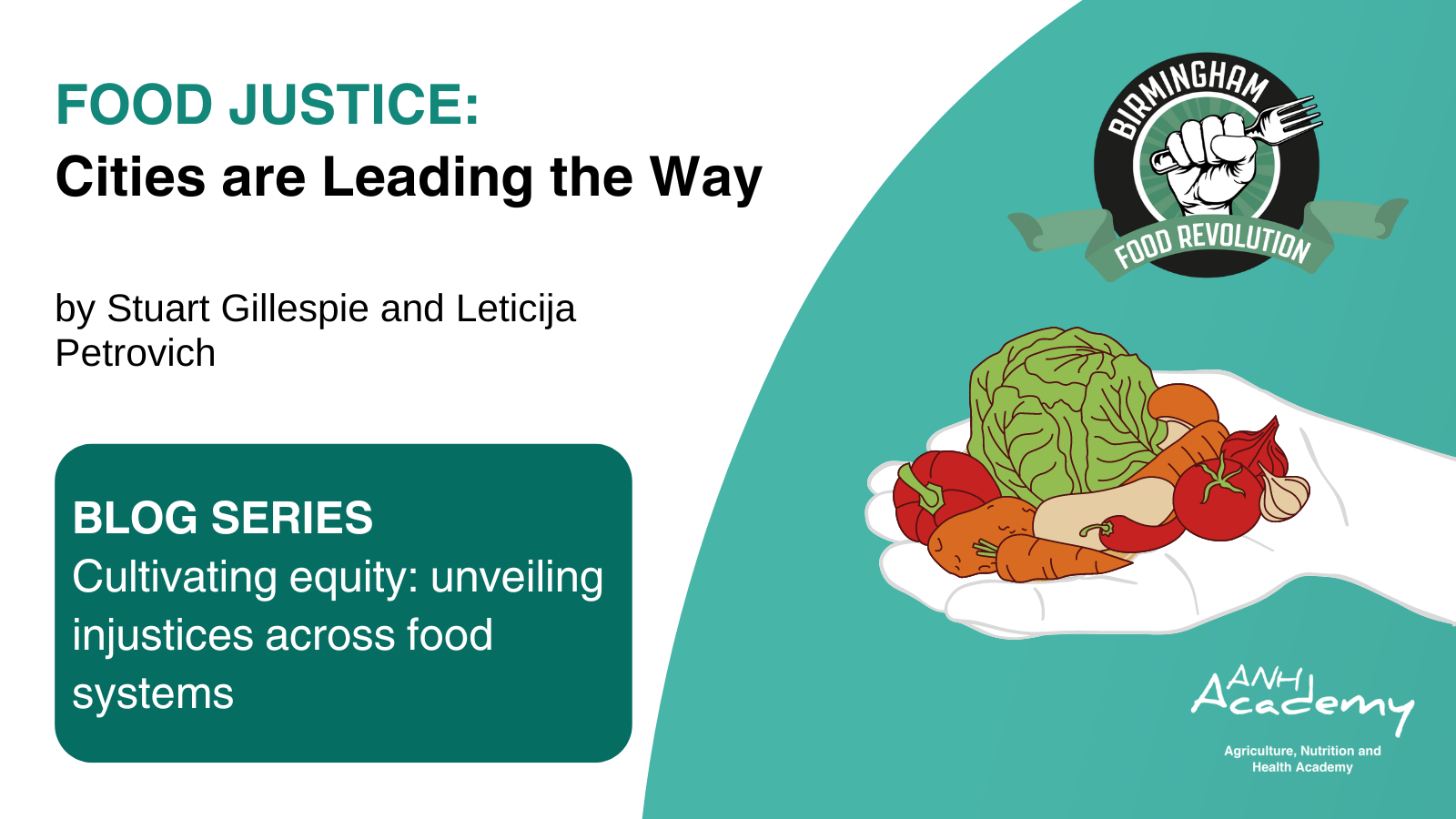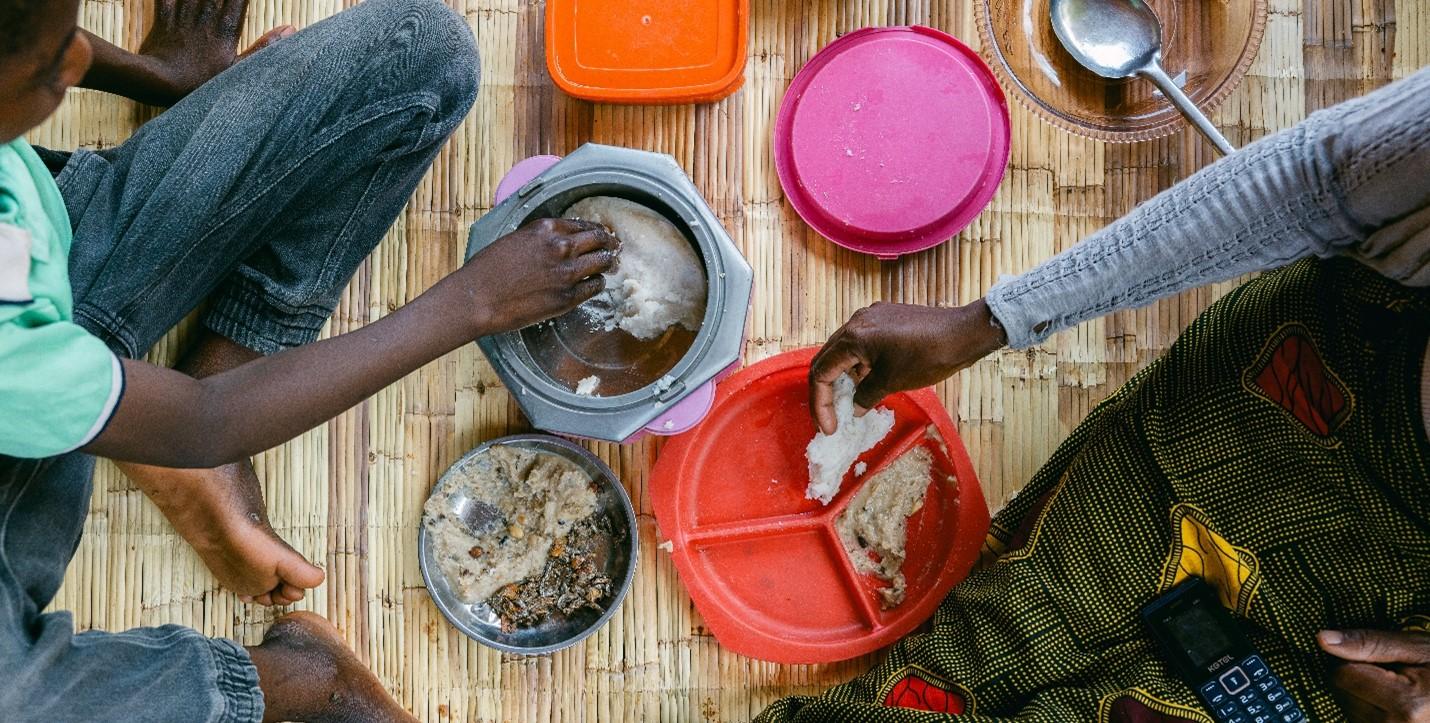 Millets are nutri-cereals, rich in micronutrients, and high in dietary fibre content. In recent past days, the production of millets has come down and so is the consumption of millets. In order to make the millets available to the population, the Government of India (under National Food Security Act (NFSA) 2013) announced to distribute millets through Public Distribution System (PDS).
Millets are nutri-cereals, rich in micronutrients, and high in dietary fibre content. In recent past days, the production of millets has come down and so is the consumption of millets. In order to make the millets available to the population, the Government of India (under National Food Security Act (NFSA) 2013) announced to distribute millets through Public Distribution System (PDS).
Presenting from India at ANH Academy Week
At the mini-poster session, I will present on consumption patterns of millets compared to rice and wheat in Karnataka state. Millets are being distributed via the PDS since 2014, and my research under LANSA programme involves understanding the feasibility of introducing millets in India (particularly in Karnataka). The existing consumption pattern of millets of Karnataka state was analysed using 61st (2004-05) and 68th (2011-12) rounds of household consumer expenditure survey of the National Sample Survey Organization (NSSO), Government of India.
A peep at some findings
Rice is the main cereal consumed followed by millets. Per capita consumption of wheat was lower when compared with both rice and millets. Millets (Ragi or finger millet and Jowar or sorghum) were consumed by 59% of rural and 28% of urban population in Karnataka. Ragi consumption was seen predominantly in south Karnataka with 27% of rural and 17% of urban population reporting consumption. Jowar on the other hand, was consumed largely in north Karnataka with 34% of rural and 13% of urban population reporting consumption.
The average per capita consumption of ragi decreased from 1.82 kg (2004-05) to 1.16 kg (2011-12) in rural and from 1.08 kg to 0.82 kg in urban households. Similarly, consumption of jowar also declined, from 2.32 kg (2004-05) to 1.40 kg (2011-12) in rural and from 1.16 kg (2004-05) to 0.69 kg (2011-12) in urban households.
It was observed that the average per capita consumption of rice and wheat purchased from the PDS in rural and urban households increased between 2004- 05 to 2011-12. The data indicates that making millets available through decentralised procurement and distribution under the PDS has potential for reaching low income households and impacting on their food and nutrition security. The consumer preference for the millet variety, e.g. ragi in south Karnataka and jowar in north Karnataka has to be taken into account by policy makers.
Agri-nutrition and ANH
My research is focused on linking agriculture with nutrition, and I have realised how important it is to make the connection between agriculture and nutrition. This will eventually help to improve the nutritional status of the population, especially in India. Presenting aspects of research at ANH Academy Week will not just allow me to share findings, but also enhance my knowledge of the agriculture- nutrition linkages because I expect to interact with a large number of subject-experts from across over world.
The Agriculture, Nutrition & Health (ANH) Academy in partnership with the Feed the Future Innovation Lab for Nutrition will jointly host the 2nd Agriculture, Nutrition and Health (ANH) Academy week and the 5th Annual Feed the Future Innovation Lab for Nutrition (Nutrition Innovation Lab) Agriculture-Nutrition Scientific Symposium on 9-13 July 2017 in Kathmandu, Nepal. The ANH Academy and the Nutrition Innovation Lab invite the global community to participate in this event.
Contributed by S Raju, Senior Research Fellow, LANSA-MSSRF
Photo credit: Sangeetha Rajeesh






